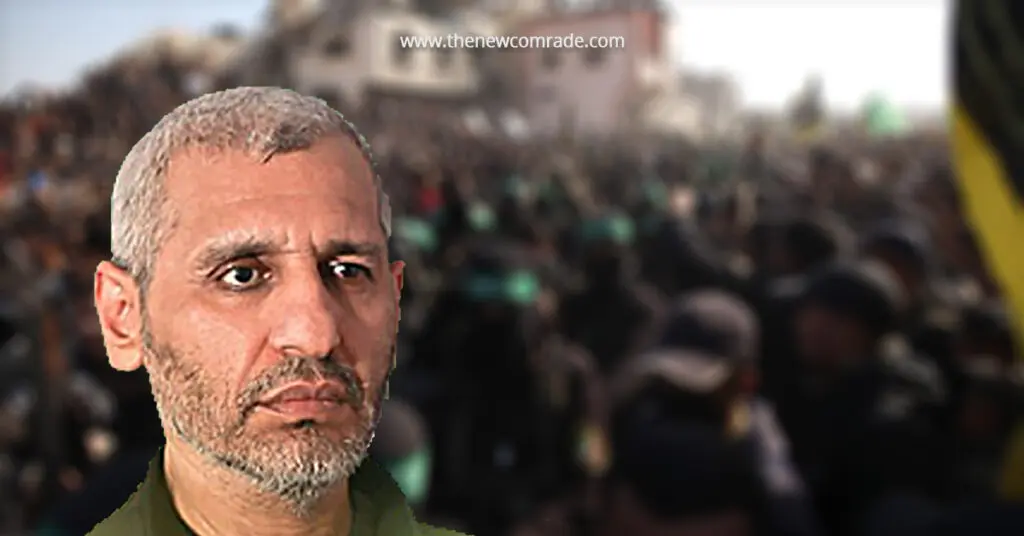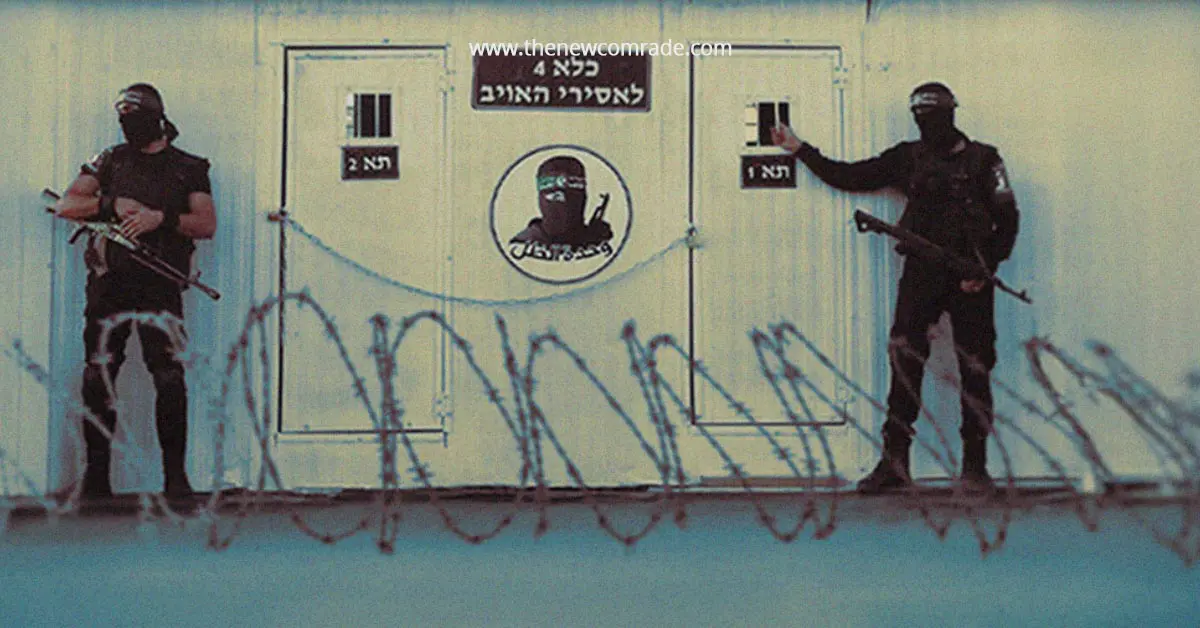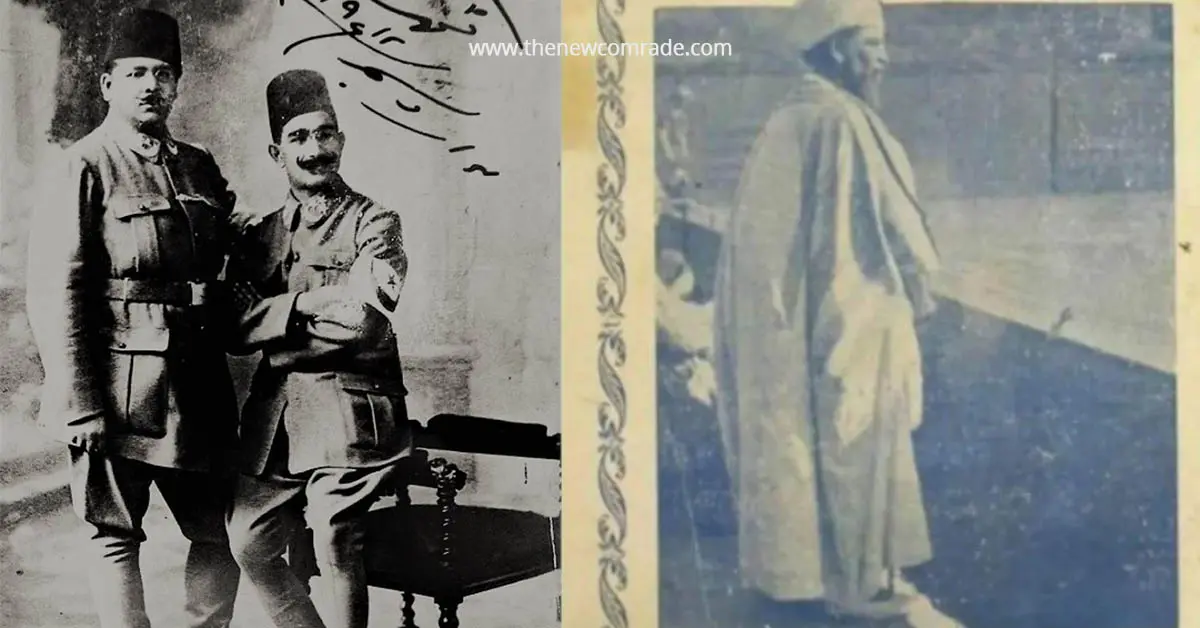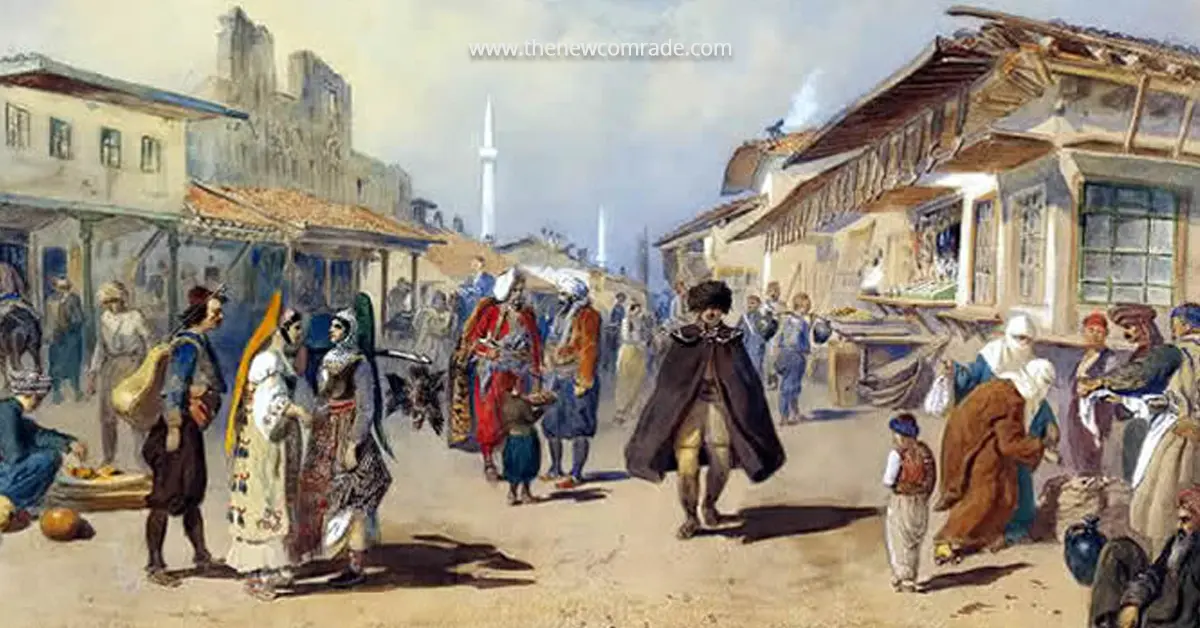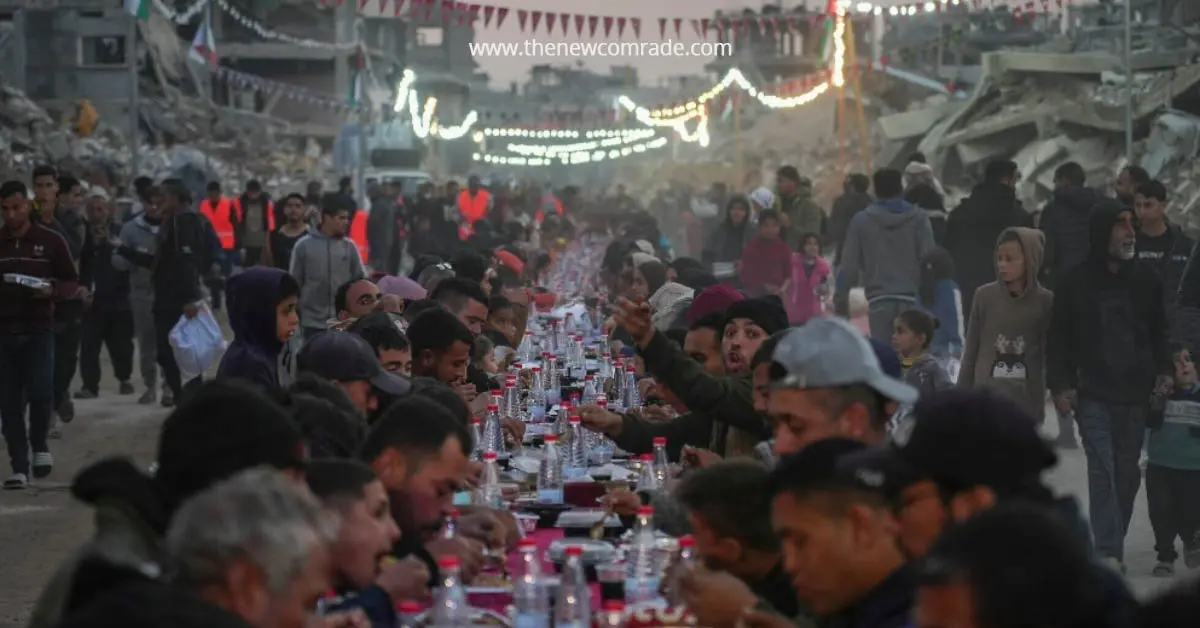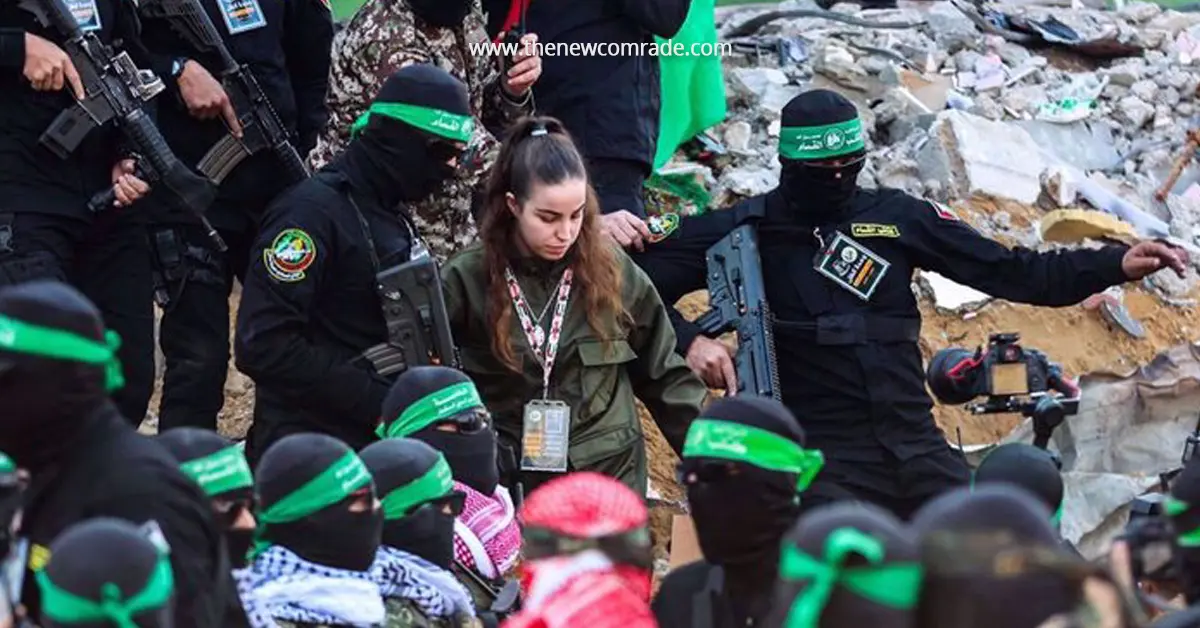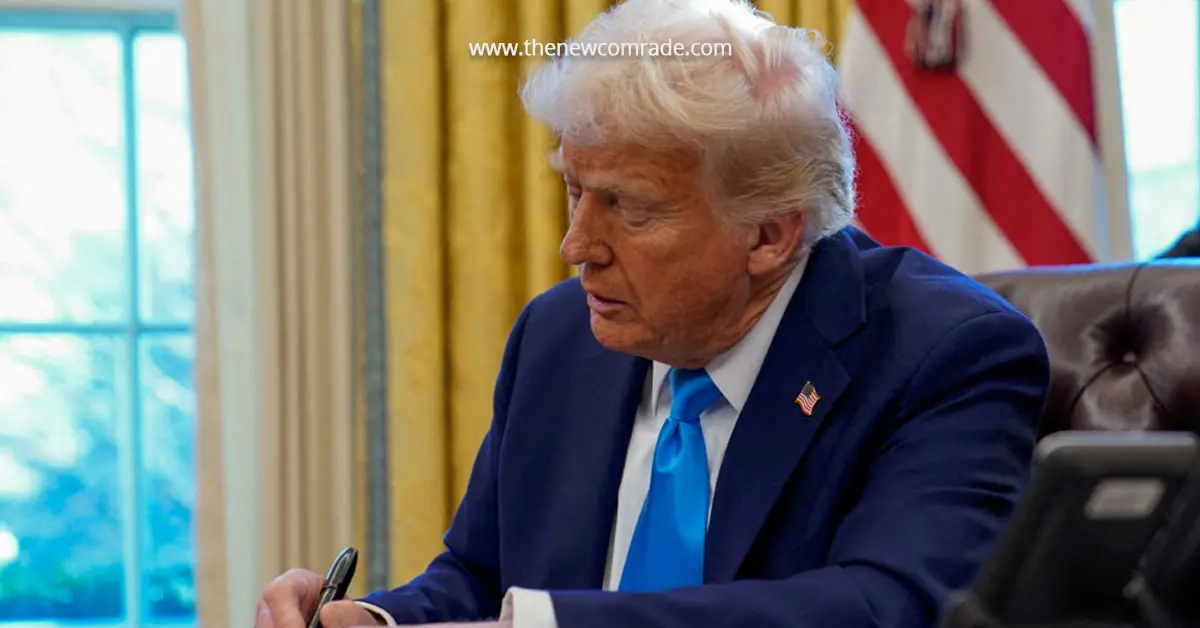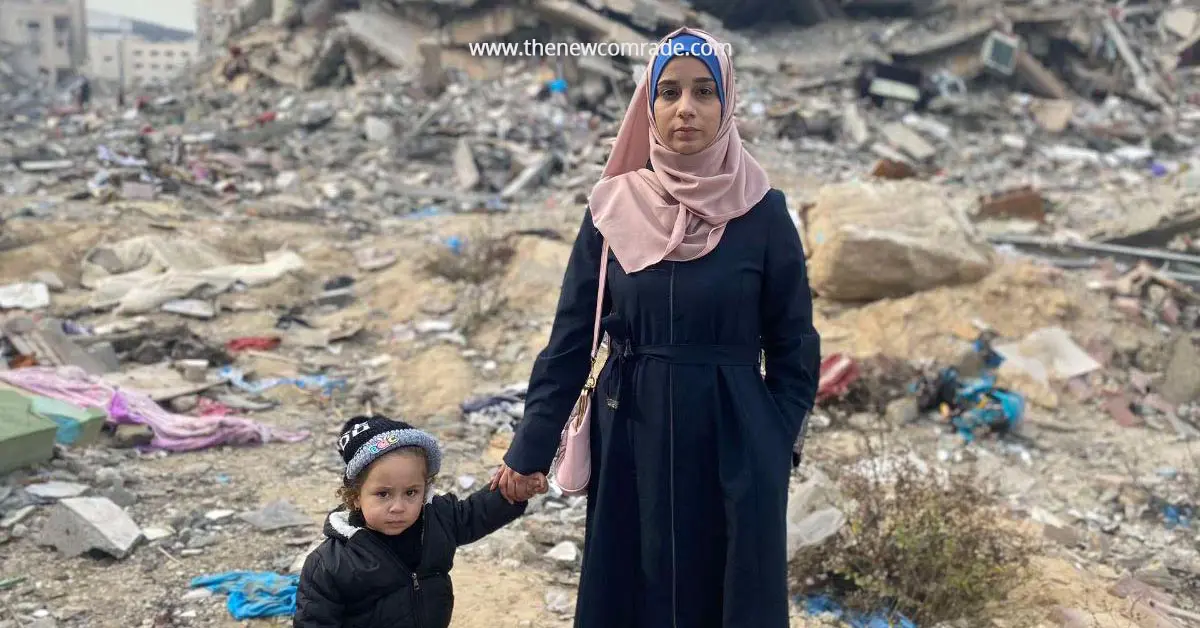Mohammed Deyab Ebrahim el-Masri, or “Abu Khaled – Mohammed el-Deif” – as he was popularly known, was born in Gaza Strip in 1965. He hails from a refugee family that was forced to flee Al-Qubaiba village during the 1948 Nakba. Growing up in Khan Yunis refugee camp in the southern Gaza Strip, he experienced first-hand the challenges of displacement and occupation. He came up to be a key resistance figure — eventually making him one of most wanted persons, of the Zionist entity.
From a young age, he worked alongside his father in spinning and upholstery, helping to support the household. In an effort to improve their situation, he even established a poultry farm and worked as a driver at times. The weight of responsibility often forced him to pause his studies so that he could contribute to his family’s livelihood, shaping his resilience and determination from an early age.
He earned a bachelor’s degree in science from the Islamic University of Gaza. During his studies in the 1980s, he was an active figure in the student union, playing a key role in mobilizing his peers. Known for his calm demeanor and sharp intelligence, he quickly gained the respect of those around him, laying the foundation for his future leadership in the ranks of resistance.
Mohammed el-Deif joined Hamas in 1987, shortly after its founding and the outbreak of the First Intifada. His involvement in the resistance quickly escalated, leading to his arrest in 1989 by Zionist forces. He was accused of engaging in military activities and spent 16 months in Zionist prisons before being released. This period of imprisonment further solidified his role in the movement, setting the stage for his rise within Hamas’s military wing, viz. Qassam Brigades.
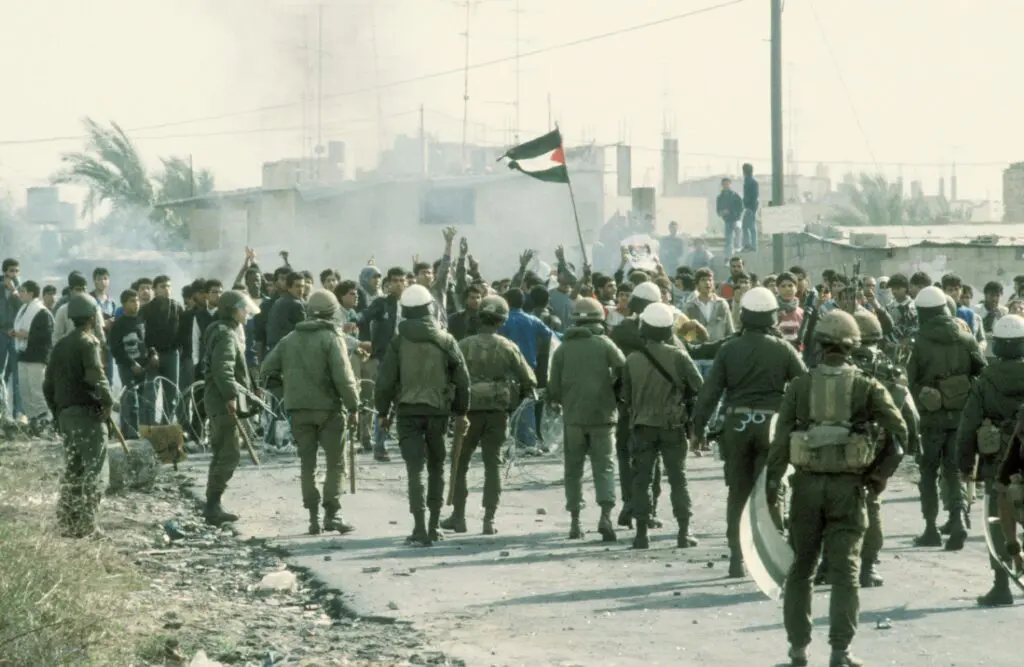
During his time in prison, Mohammed el-Deif collaborated with Zakariya el-Shorbaji and Salah Shehadeh, two senior Hamas military leaders, to form military cells dedicated to capturing Zionist soldiers. These cells later carried out couple of operations, the most notable being kidnapping of a soldier, viz. Nachshon Wachsman, in 1994. The operation was part of Hamas’s broader strategy to exchange prisoners with Zionists, a tactic that would become a key part of the group’s military approach in later years.
After the 1994 operation, Mohammed el-Deif became one of the most wanted men by the Israeli occupation. To evade capture, he moved to the occupied West Bank, where he played a key role in establishing and strengthening Qassam Brigades’ presence.
For years, he operated in the shadows, building the military infrastructure of Hamas. However, in 2000, just before the outbreak of the Second Intifada, he was arrested by Palestinian Authority’s security forces as part of its co-operation with Zionists. Despite his detention, his influence within Hamas and the resistance movement only continued to grow.
In 2002, Mohammed el-Deif was appointed as commander-in-chief of the Ezz ed-Din el-Qassam Brigades after assassination of his predecessor, Salah Shehadeh, in a Zionist airstrike. Following this, Deif became known as the “man of the shadows” due to his elusive nature and strategic leadership from behind the scenes.
As the leader of Qassam Brigades, Mohammed Deif focused on building and strengthening Hamas’s military capabilities. One of his major achievements was the establishment of a military academy for corps’ training and development, which would later become a significant part of Hamas’s resistance operations. This academy was revealed to the public after Israel’s withdrawal from Gaza in 2005, showcasing the growing strength and organisation of Hamas’s military infrastructure under Deif’s command.
Mohammed el-Deif is widely credited with leading the Ezz ed-Din el-Qassam Brigades to numerous successes, particularly in the development of missile capabilities. Under his leadership, the Qassam Brigades began producing home-made rockets with a limited range in the early years ; over time, they progressively kept advancing technology significantly.
Qassam Brigades eventually reached a stage where they were able to launch missiles with a range capable of reaching all major cities in occupied Palestine, from the southern city of Eilat to the northern city of Haifa. This marked a major shift in the balance of power between Palestinian resistance and Zionist entity, demonstrating the military ingenuity and resilience of the resistance movement despite the ongoing blockade and military pressure.
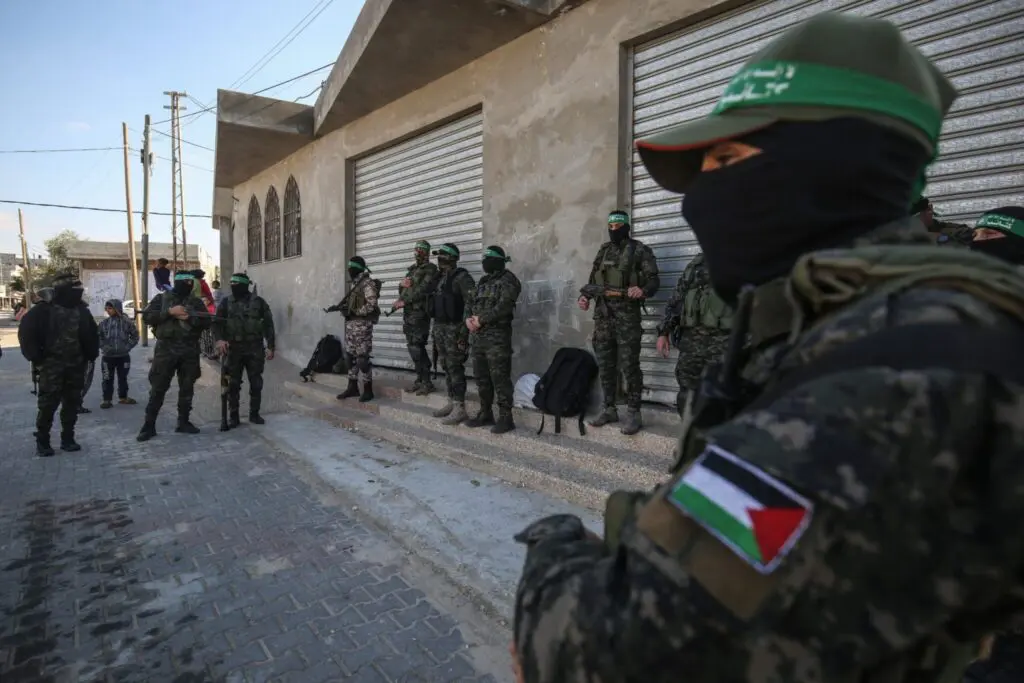
Deif’s strategic focus on self-reliance in weaponry helped turn Hamas into a formidable military force, capable of challenging Israel’s advanced military technologies and contributing to the prolonged nature of the conflict.
Under Mohammed el-Deif’s leadership, Ezz ed-Din el-Qassam Brigades developed a significant arsenal of missiles, each named after prominent figures and leaders within the organisation who had been assassinated by Zionists. These missile systems represented a critical advancement in Hamas’s military capabilities. Some of the most notable ones included:
- Qassam 1 & Qassam 2: Early models of homemade rockets, marking the beginning of Hamas’s missile program.
- M75
- Attar 120, Shamala 120
- Ja’bari J80: Named after Ahmed Ja’bari, Qassam Brigades’ deputy commander who was assassinated by Zionists in 2012.
Among the more notable long-range missiles were:
- R160 (Rantisi missile): A missile named after Abdelaziz el-Rantisi, a senior Hamas leader and co-founder, who was killed by Zionists in 2004. This missile is capable of reaching the city of Haifa
- Ayyash 250: Named after Yahya Ayyash, who was assassinated in 1996, this missile was used in 2021 to target Ramon Airport in Israel. The missile, with a range of 250 km, represented a significant leap in the technological advancements of Hamas’s missile programme.
These missiles, especially the long-range ones, greatly enhanced Hamas’s strategic deterrence capabilities and allowed the group to target high-profile locations across occupied territories, including major cities and airports.
In addition to his missile development efforts, Mohammed el-Deif played a critical role in overseeing advancement of other military capabilities for Ezz ed-Din el-Qassam Brigades, further strengthening Hamas’s ability to confront Israeli forces. One of the key areas he contributed was the development of tunnel warfare.
Tunnel Warfare
Deif was instrumental in advancing use of tunnels, which became a signature tactic for Palestine resistance. These tunnels were used for smuggling weapons, infiltrating occupied territory, and launching surprise attacks. The network of tunnels allowed resistance fighters to move fighters and supplies under the radar of Zionist air strikes, and it became a central part of the resistance strategy.
Unmanned Aerial Vehicles (UAVs)
Deif also contributed to supervising the development of unmanned aerial vehicles (UAVs). This project involved both Palestinian and Arab engineers, with one of the most prominent figures in the effort being Mohammed el-Zawari, a Tunisian aerospace engineer. Zawari played a significant role in assisting Hamas with the design and production of drones that could be used for surveillance and targeted attacks. He was assassinated in 2016 in Tunisia, but his work left a lasting impact on Hamas’s drone capabilities. These UAVs gave Hamas an added dimension to its military strategy, enabling them to conduct aerial surveillance and even strike targets. Through these advancements, Mohammed el-Deif ensured that Palestinian resistance maintained a diverse and increasingly sophisticated array of military tools.
Anti-Tank “Yasin 105” Launchers
Another notable innovation was the development of anti-tank launchers, specifically “Yasin 105”, named after Ahmed Yasin, founder of Hamas who was assassinated by Ariel Sharon in 2004. Yasin 105 was an anti-tank weapon designed to target and disable Zionist military vehicles, including armoured tanks. This addition to Hamas’ arsenal gave them a more direct and effective means of challenging Zionists’ military superiority on the ground.
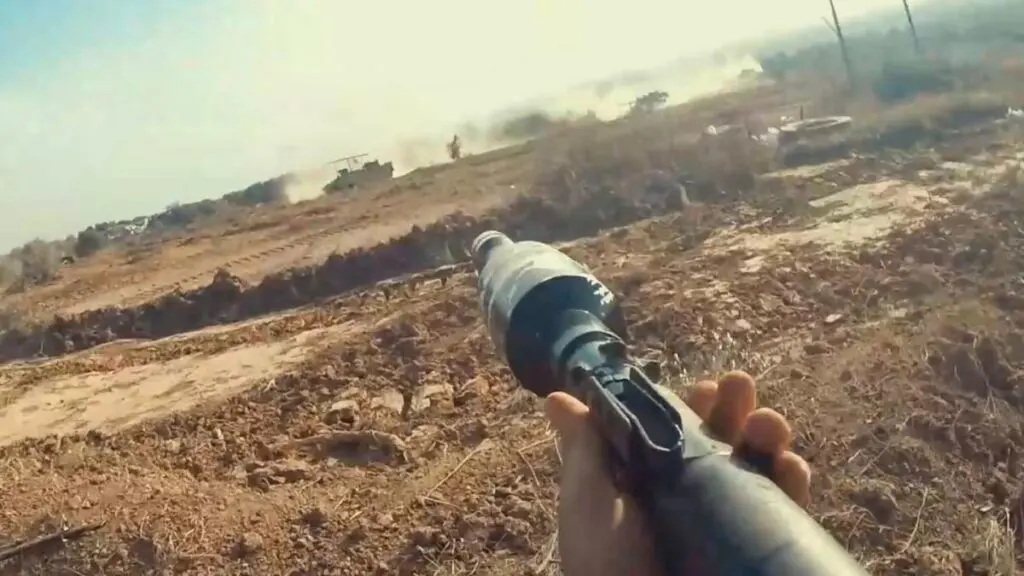
Cyber Units
In addition to the physical weaponry, al-Deif also oversaw the establishment of specialised “cyber” units, which marked a significant step in Hamas’ technological warfare. These units were tasked with cyber-attacks aimed at Zionist military and security infrastructure. Over years, cyber units succeeded in carrying out a number of operations that targeted key elements of Zionist military communication systems and security networks, creating significant disruption.
Cyber warfare capability allowed Hamas to engage in a new front of conflict, demonstrating how modern technology and traditional military tactics could be used in combination to challenge a technologically superior opponent. These operations ranged from hacking to cyber espionage, underscoring the evolving nature of warfare in digital age.
Together, these innovations — advanced weapons like Yasin 105 and development of cyber units — played a pivotal role in enhancing Hamas’ strategic position and its ability to fight on multiple fronts.
Mohammed el-Deif has been the target of numerous assassination attempts by Zionists, a testament to his importance as a leader and a key figure in Palestine. Over the years, he has survived at least seven assassination attempts across several years: in 2001, 2002, 2003, 2006, 2014, and two attempts in 2021.
Most significant and difficult assassination attempt took place in 2002, when enemy forces launched an attack targeting Deif. Despite being severely injured, he miraculously survived, continuing to lead and inspiring resilience.
2014 assassination attempt was especially tragic, wherein, Deif’s wife and young son, Ali, were killed in an attack on a house in Sheikh Redwan neighbourhood of Gaza City. While Zionists claimed that the raid aimed at targeting Deif himself, the tragic loss of his family was a personal blow to the leader.
These repeated assassination attempts, especially those targeting his family, highlight the ongoing high-stakes conflict between Deif and Zionists, and how he remains one of the most elusive and resilient leaders in the Palestinian resistance.
He was nicknamed Deif (Guest) owing to his frequent movements between Gaza and West Bank before Second Intifada in 2000. During this period, he was a key figure, often on the run from enemy forces. As a result, he relied on support and solidarity of Palestinian families who sheltered and hosted him.
On the evening of Thursday, January 30, 2025, Abu Obeida, spokesperson for Ezz ed-Din el-Qassam Brigades, announced the martyrdom of Mohammed el-Deif, alongside names of six other members of Qassam’s Military Council.
